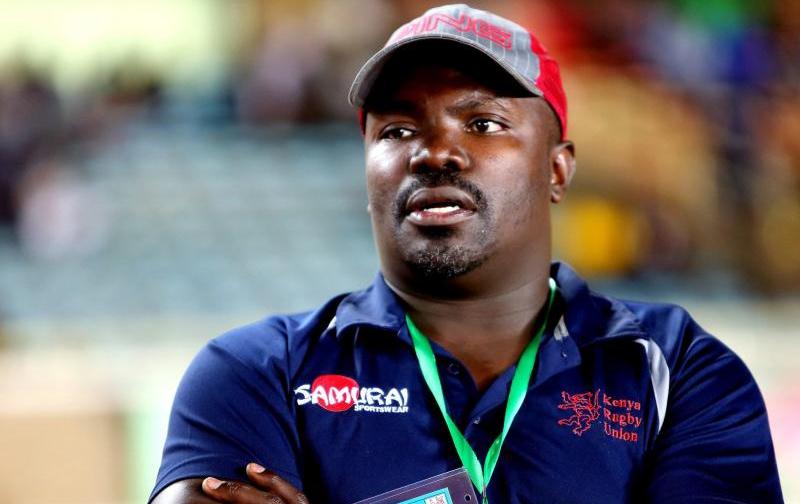Kenya rugby legend Benjamin Ayimba is dead. Ayimba died while undergoing cerebral malaria treatment at Kenyatta National Hospital. Since January this year, he had been in and out of hospital after coming down with a bout of cerebral malaria. So what exactly is cerebral malaria and why is it so deadly?
Cerebral malaria is the most common complication and cause of death in severe P. falciparum infection. Cerebral malaria, which causes swelling of the blood vessels of the brain, can result in brain damage.
In falciparum malaria, 10 per cent of all admissions and 80 per cent of deaths are due to the Central Nervous System (CNS) involvement. On the other hand, CNS manifestations are fairly common in malaria and it could be due to not only severe P. falciparum infection, but also high-grade fever and antimalarial drugs.
Manifestations of cerebral dysfunction include any degree of impaired consciousness, delirium, abnormal neurological signs, and focal and generalized convulsions. In severe P. falciparum malaria, the neurological dysfunction can manifest suddenly following a generalized seizure or gradually over a period of hours.
Former president Mwai Kibaki’s sister dies, family appeals for financial help
Causes of neurological manifestations in malaria:
- High-grade fever alone can produce impairment of consciousness, febrile convulsions (in children) and psychosis. These manifestations subside with the decrease in the body temperature. Such cases and patients with unimpaired consciousness after seizures tend to have good prognosis.
- Antimalarial drugs like chloroquine, quinine, mefloquine and halofantrine also can cause altered behaviour, convulsions, hallucinations and even psychosis. Absence of high-grade fever and of falciparum parasitemia may suggest such a possibility.
- Hypoglycemia, either due to severe malaria or due to drugs like quinine, may also present with similar manifestations. Hypoglycemia is more common in pregnancy. It may be worthwhile considering this possibility in ALL cases and to administer 25-50% dextrose intravenously.
- Hyponatremia, most often in the elderly and caused by repeated vomiting, is another important cause for neurological manifestations.
- Severe anaemia and hypoxemia can also cause cerebral dysfunction, particularly in children.
- There could be other causes for neurological dysfunction in patients with malaria like vascular disease, other neurological infections and diseases. Focal neurological deficits, neck rigidity, photophobia, papilloedema and neurological sequelae are very rare in falciparum malaria and such a picture would therefore suggest these other possibilities.
Neurological signs in cerebral malaria:
As per the definition, patient should have unarousable coma, not responding to noxious stimuli. Mild neck stiffness may be seen, however, neck rigidity and photophobia and signs of raised intracranial tension are absent. Retinal haemorrhages occur in about 15% of cases, exudates are rare. Pupils are normal. Papilloedema is rare and should suggest other possibilities. A variety of transient abnormalities of eye movements, especially dysconjugate gaze, are observed. Fixed jaw closure and tooth grinding (bruxism) are common. Pouting may occur or a pout reflex may be ellicitable, but other primitive reflexes are usually absent. The corneal reflexes are preserved except in case of deep coma. Motor abnormalities like decerebrate rigidity, decorticate rigidity and opisthotonus can occur. Deep jerks and plantar reflexes are variable. Abdominal and cremasteric reflexes are not ellicitable. These signs help in distinguishing from behavioural problems due to fever of other causes. These patients may also have anemia, jaundice and hepatosplenomegaly.

